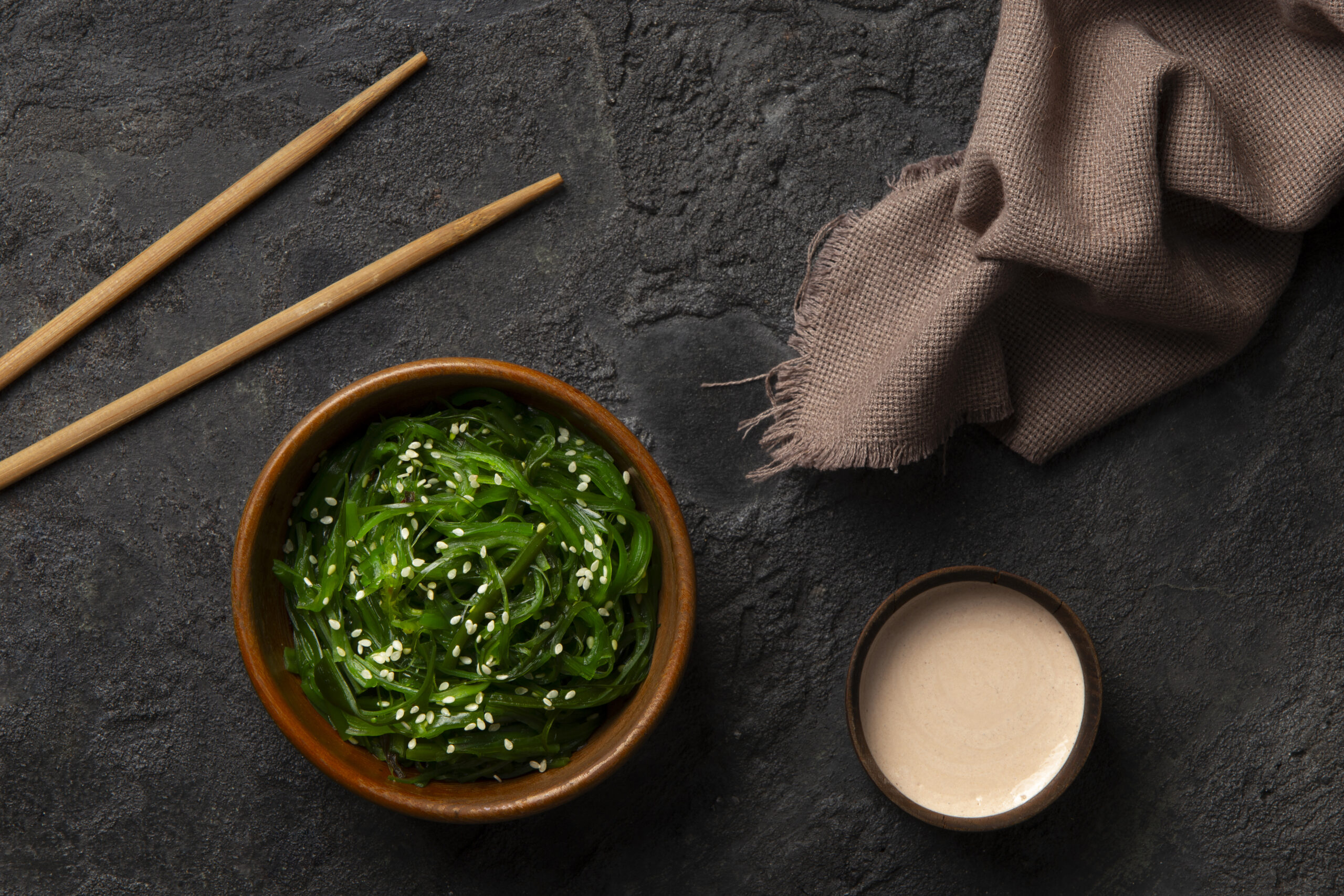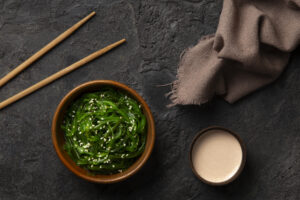The Art of Cooking with Seaweed: A Sustainable and Nutritious Superfood

In recent years, the world of seafood has expanded beyond the typical fish and shellfish to include an incredible, nutrient-packed ingredient that has been part of traditional diets for centuries: seaweed. Seaweed is not only a versatile and delicious addition to many dishes, but it’s also a sustainable superfood that offers numerous health benefits. Whether you’re a seasoned sushi lover or a curious culinary explorer, learning to cook with seaweed can elevate your meals in more ways than one.
In this article, we’ll dive into the different types of seaweed, its rich nutritional profile, how to incorporate it into your cooking, and why seaweed is becoming one of the most exciting ingredients in modern cuisine.
What Is Seaweed?
Seaweed, also known as algae, is a type of plant that grows in the ocean and is widely consumed in various coastal regions. It is classified into three main groups based on its color: red, green, and brown. Some of the most well-known types of seaweed are used in Japanese, Korean, and Chinese cuisines, but it is quickly making its way into global food trends due to its health benefits and unique flavors.
The most commonly used seaweeds in cooking are:
- Nori: A type of red algae that is dried and often used in sushi rolls.
- Kelp: A type of brown seaweed that is used in soups, salads, and as a seasoning.
- Wakame: A milder, soft seaweed commonly found in miso soup.
- Dulse: A red seaweed that is chewy and often used in salads or as a snack.
- Hijiki: A brown seaweed known for its intense flavor and is often used in stir-fries or soups.
Why Is Seaweed Good for You?
Seaweed is a nutrient-dense food that offers a wide range of health benefits, making it a fantastic addition to any diet. Here’s why you should consider making it a regular part of your meals:
1. Packed with Vitamins and Minerals
Seaweed is an excellent source of essential vitamins and minerals, including iodine, calcium, iron, vitamin A, vitamin K, and vitamin C. The high levels of iodine in seaweed help support thyroid function, while calcium and iron are essential for bone health and blood circulation.
2. Rich in Antioxidants
Seaweed is rich in antioxidants, such as flavonoids and carotenoids, which help protect the body from oxidative stress. These compounds help reduce inflammation and support overall immune function, potentially lowering the risk of chronic diseases.
3. High in Fiber
Seaweed contains a unique type of fiber called algal polysaccharides, which support digestive health and act as prebiotics, promoting a healthy gut microbiome. The fiber content also aids in weight management by providing a feeling of fullness, reducing overeating.
4. Rich in Omega-3 Fatty Acids
Seaweed is one of the few plant-based sources of omega-3 fatty acids, which are crucial for heart health, brain function, and reducing inflammation in the body.
5. Sustainable and Eco-Friendly
One of the most significant advantages of seaweed is its environmental impact. Unlike land-based crops, seaweed grows without the need for fresh water, fertilizers, or land. It also helps absorb carbon dioxide from the atmosphere, making it a sustainable food source that helps combat climate change.
How to Cook with Seaweed
Seaweed might seem intimidating to work with at first, but once you get the hang of it, it’s incredibly easy and versatile. Here are some simple ways to incorporate seaweed into your cooking:
1. Use Nori for Sushi and Snacks
The most common use of nori is in sushi rolls, but it can also be used to wrap rice balls (onigiri) or made into nori chips by simply toasting it in the oven with a little salt and olive oil. You can even sprinkle nori flakes over your popcorn for a unique, savory snack.
2. Make Seaweed Salad
Wakame is a common seaweed used in salads, especially in Japanese cuisine. To make a simple seaweed salad, soak dried wakame in warm water for 10 minutes, then toss it with sesame oil, soy sauce, rice vinegar, and a sprinkle of sesame seeds. You can also add cucumber, avocado, and shredded carrots for added crunch.
3. Add Seaweed to Soups
Seaweed is perfect for soups and broths, as it absorbs the flavor of the liquid while adding its own earthy taste. Wakame is often used in miso soup, while kelp is commonly used to make dashi, a Japanese soup stock. You can also add a handful of dried seaweed to a vegetable or chicken soup for a subtle oceanic flavor.
4. Season with Dulse and Kelp
Dulse and kelp are often used as natural seasonings or salt substitutes. Kelp granules can be sprinkled over salads, pasta, or roasted vegetables, while dulse flakes are great for adding a salty, umami kick to egg dishes, avocado toast, or grain bowls. You can also use kelp powder in smoothies for an added nutritional boost.
5. Make Seaweed Wraps for Sandwiches
For a healthy twist on the classic sandwich, try using nori or kelp sheets as wraps instead of traditional bread. Fill them with fresh vegetables, rice, or tofu for a gluten-free, nutrient-packed meal.
Creative Seaweed Recipes to Try
1. Seaweed Pesto
Blend nori or wakame with garlic, lemon juice, olive oil, parmesan cheese, and pine nuts to make a unique twist on traditional pesto. Toss it with pasta or spread it on toast for a fresh, nutrient-packed meal.
2. Seaweed and Tofu Stir-Fry
Stir-fry some hijiki with tofu, ginger, garlic, and a splash of soy sauce for a delicious and healthy meal. Serve it over brown rice for an extra fiber boost.
3. Kelp and Cucumber Smoothie
For a refreshing and nutrient-dense drink, blend kelp powder, cucumber, mint, coconut water, and lime juice for a cooling smoothie that’s rich in vitamins and minerals.
Final Thoughts: A Deep Dive into Seaweed Cuisine
Seaweed is truly a superfood of the sea, with a rich nutritional profile and endless culinary possibilities. Whether you’re using it in sushi, soups, or even as a seasoning, this marine marvel offers flavor, health benefits, and a sustainable way to enjoy the ocean’s bounty. Embrace seaweed in your meals, and explore the incredible variety of sea vegetables that can transform your dishes, adding a burst of flavor, nutrition, and eco-consciousness to your table.
As the world turns to more plant-based, sustainable food options, seaweed is undoubtedly one of the most exciting ingredients to incorporate into your diet. So dive in and start cooking with seaweed—it’s time to bring a touch of the ocean to your plate! 🌊






